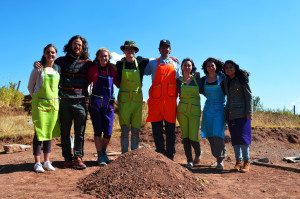
Meaning
Pachamanca comes from the Quechua words:
- pacha = Earth
- manca = pot. (1)
As these translations imply, the Pachamanca cooking technique involves using the land as an oven and is a traditional Peruvian method of preparing food.
The Day…
To celebrate the end of Ben Cochran’s internship with me here in Cusco, Ben organized a Pachamanca lunch for a few friends he had made along the way, a few paying clients of the Peruvian Cooking Classes where Ben had his internship, and for me. He went out and got all of the ingredients and I helped guide everyone up to Huillar Cocha, about a 20-25 minute bus ride out of town and the location of the Pachamanca feast.
Preparation
The preparation is quite elaborate, and best represented I feel through photos…
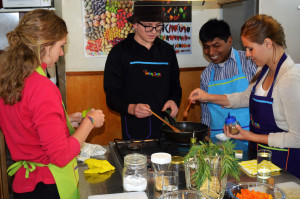
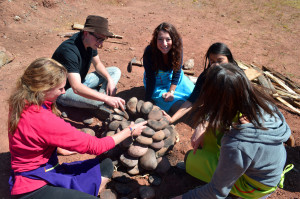
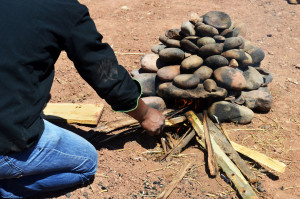
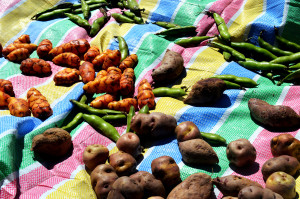
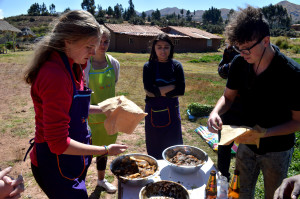
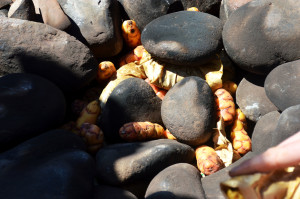
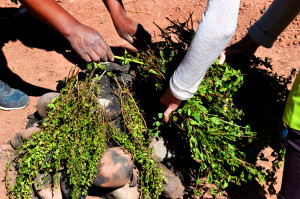
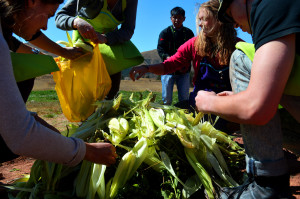
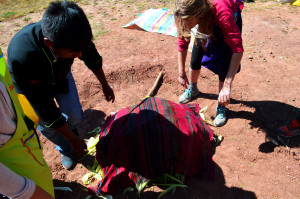
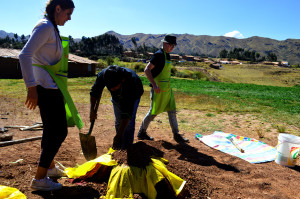
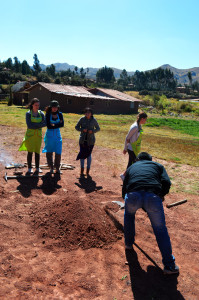
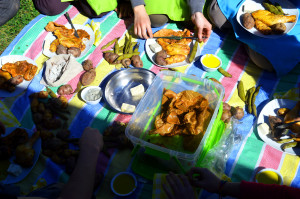
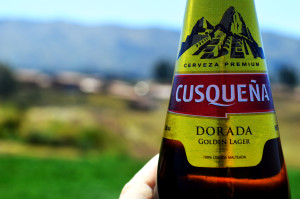
Peruvian Cooking Classes
I would like to give a shout out to my friend Pedro at Peruvian Cooking Classes, and of course to Ben who interned there! They provide a really cool service… teaching people all about the ingredients and preparation of tasty Peruvian dishes. If you are in Cusco you should definitely check them out. Here is a link to the website which Ben helped update: http://www.peruviancookingclasses.pe/
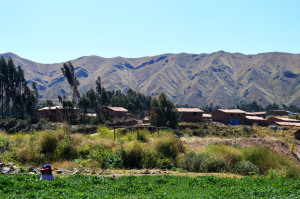
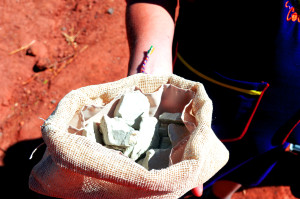
Bibliography:
- “Pachamanca.”Wikipedia. Wikimedia Foundation. Web. 8 Aug. 2015.
